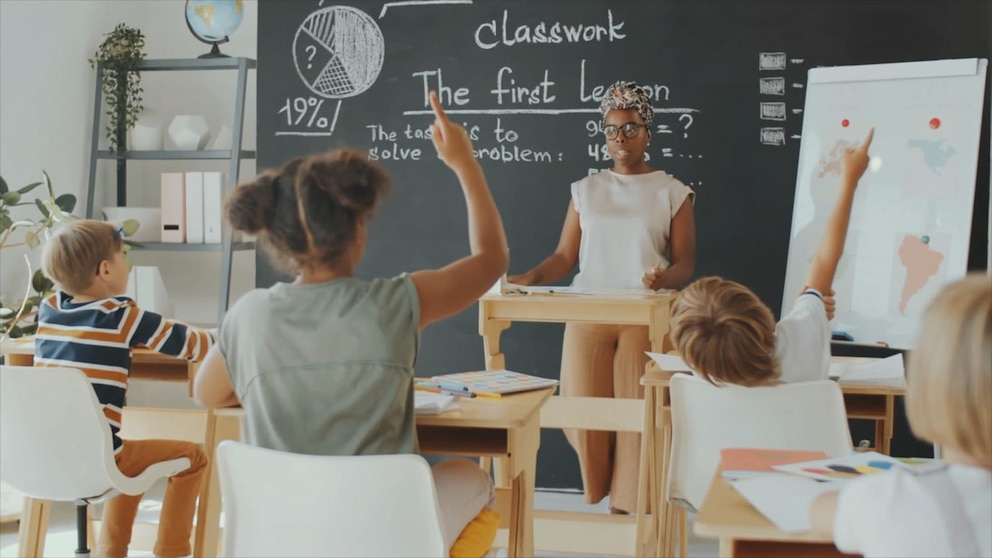Introduction to the Directive: Understanding the Education Department’s Mandate
The education department has recently issued a directive to schools, giving them a two-week ultimatum to ban Diversity, Equity, and Inclusion (DEI) initiatives. This move has sparked widespread debate among educators, policymakers, and the broader community. DEI initiatives have been a cornerstone of modern educational policies, aiming to create inclusive environments that celebrate diversity, address systemic inequities, and ensure all students feel valued and supported. However, critics argue that some DEI programs have gone beyond their intended purpose, leading to concerns about political bias, ideological indoctrination, and potential violations of free speech. The education department’s directive reflects a growing national conversation about the role of DEI in schools and raises questions about the balance between fostering inclusivity and maintaining neutrality in public education.
The Arguments Against DEI Initiatives: Critics’ Perspectives
Critics of DEI initiatives argue that these programs often overstep their bounds by promoting specific ideologies rather than maintaining a neutral, inclusive environment. They contend that some DEI practices, such as mandatory diversity training or the incorporation of certain textbooks, can create a hostile environment for students and educators who hold differing views. For instance, some critics argue that DEI initiatives often focus on race and gender to the exclusion of other important factors, leading to a narrow and divisive approach to education. Additionally, there are concerns that DEI programs may infringe upon free speech rights by discouraging open dialogue and limiting the expression of certain viewpoints. The education department’s directive is, in part, a response to these concerns, as officials seek to ensure that schools remain neutral and impartial in their educational offerings.
The Case for DEI Initiatives: Supporters’ Perspectives
On the other hand, supporters of DEI initiatives argue that these programs are essential for creating an inclusive and equitable learning environment. They emphasize that DEI initiatives are not about promoting a specific ideology but rather about addressing systemic inequities and ensuring that all students, regardless of their race, gender, or background, have access to equal opportunities. Supporters point to the positive impact of DEI programs, such as improved academic outcomes for marginalized students, increased empathy and understanding among all students, and the fostering of a sense of belonging. They argue that the education department’s directive is a step backward, as it threatens to undermine the progress that has been made in creating more inclusive schools. Moreover, supporters contend that banning DEI initiatives will only serve to exacerbate existing inequalities and create a more divided society.
The Implications for Schools and Students: Navigating the New Landscape
The education department’s directive has left schools scrambling to comply with the new mandate. Administrators are now faced with the challenging task of identifying and eliminating DEI-related programs and materials within a short timeframe. This has raised concerns about the practical implementation of the directive, as many schools have deeply integrated DEI principles into their curricula and policies. For instance, some schools have implemented diversity training for teachers, incorporated diverse perspectives into lesson plans, and established support systems for marginalized students. The sudden removal of these programs could disrupt the learning environment and leave students feeling disconnected and unsupported. Additionally, the directive has sparked fears among educators that they may be forced to censor their teaching practices or avoid discussing sensitive topics altogether.
The Broader Societal Impact: A Reflection of Larger Debates
The education department’s directive is part of a larger national conversation about the role of DEI in public institutions. This debate reflects deeper societal tensions around issues of race, gender, and identity. On one side, there are those who believe that DEI initiatives are necessary to address historical injustices and create a more just society. On the other side, there are those who argue that these initiatives have gone too far, leading to unnecessary divisions and ideological polarization. The directive has also sparked concerns about the politicization of education, with some arguing that schools should remain neutral and focus solely on academic instruction. As the debate continues, it is clear that the future of DEI initiatives in schools will be shaped by broader societal attitudes and political priorities.
Conclusion: The Path Forward
The education department’s directive to ban DEI initiatives has ignited a passionate and complex debate about the role of diversity, equity, and inclusion in schools. While critics argue that these programs have overstepped their bounds and promoted ideological bias, supporters emphasize the importance of creating inclusive environments that address systemic inequities. As schools navigate this new landscape, they will need to find a balance between fostering inclusivity and maintaining neutrality. The broader societal impact of this directive will likely be significant, as it reflects and influences larger conversations about race, gender, and identity. Ultimately, the path forward will require thoughtful dialogue, collaboration, and a commitment to ensuring that all students have access to a high-quality, inclusive education.















